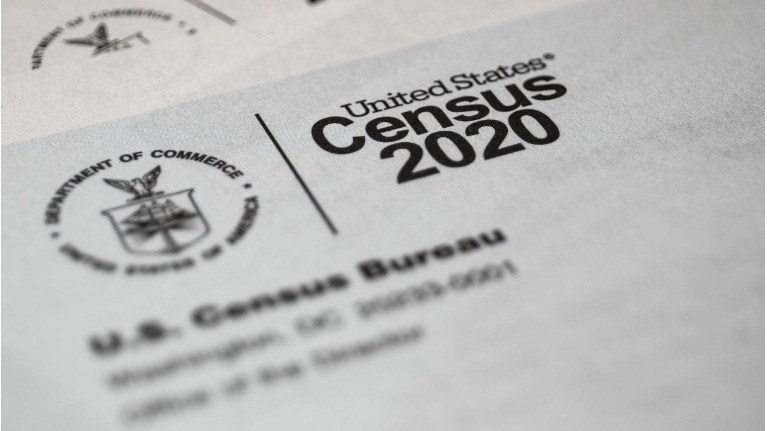For the past few years, Texas has seen rapid growth in population with an influx of people moving into the state. At the end of 2019, that growth was expected to continue, but the pandemic has likely slowed down the rate of growth – though it’s still too early to tell what impact it has had.
Before this year, Texas has been on a long stretch of steady growth in population. Between 2000 and 2010, the state’s population grew by 4.3 million people. Between 2010 and 2018, the state added another 3.1 million people, for a total population of 28.7 million, an increase of 14.1 percent. Since 2006, Texas has added more people than any other state, and the Dallas-Fort Worth area has been a significant driver of that growth, especially in the ring of suburbs in Dallas County.
A majority of the growth – 60 percent – was due to net migration, or people moving in from other states and other countries. Forty percent was increased naturally – i.e., people having babies. The fact that the majority of the growth comes from net migration is why the population is growing so fast. Natural increase takes time because growing new human beings is a long process. But net migration can happen at any time.
Lila Valencia, senior demographer with the Texas Demographics Center, said the reason so many people are moving into the state is largely because of economic opportunity. Many corporate headquarters have relocated to Texas, and North Texas in particular. Companies like Toyota, Pizza Hut, Keurig, Frito-Lay, and even PGA of America have moved into the metroplex in the past 10 years. Their move into the area has drawn people here, as well.
The growth in the suburbs is another part of the effect. The cost of living and affordability in the North Texas suburbs have been a huge draw as well.
“If a county or area becomes too expensive, they will move a little farther away and deal with the commute,” Valencia said. “What’s happening is you have that pull of the job growth … but also moving away from the urban core center for more affordable housing and roomier housing as well.”
At the start of this year, demographers had no reason to suspect that there would be any interruption in the steady population growth. Demographers predicted that the state would continue to see an increase in net migration and that by the end of 2020, the state would become a majority Hispanic population.
Instead, COVID-19 happened and turned everything upside down.
Valencia said it’s still too early to tell what the pandemic’s effect has been on population growth, but there has been a slowdown in net migration.
It’s also safe to say that the pandemic will affect the rate of growth because it has hit all three predictors of population increase: births, deaths, and migration.
The death part is self-explanatory. When it comes to migration, the pandemic has brought that – much like the rest of society – to a standstill.
“Domestically, we really do think migration has slowed down considerably,” Valencia said. “Absolutely, the pandemic can have an impact on the rate of that growth.”
Its impact on births, however, is a little murkier. Many people at the beginning of the pandemic joked that, since couples are now spending more time at home with one another, there would be a rise in births by the end of the year. But Valencia said that might not be the case.
“A lot of research shows, in actuality, fertility could be affected in a negative way,” she said. “When there is a recession, we have seen historically that there’s drops in fertility. We saw this in 2008, and many of the fertility rates have not yet gone back to the pre-Great Recession levels.”
In addition to that, she said, stressful times can also negatively affect birth outcomes. Given these are some of the most stressful times in recent memory, it wouldn’t be surprising to see the fertility rate drop even further.
In light of all of this, however, there is some reason to believe that the pandemic’s effect on population growth could simply be a momentary dip or slow down and that once COVID-19 is under control, the rate of growth will continue.
In May of this year, the Dallas Regional Chamber of Commerce said companies were still looking to move their headquarters to North Texas, which would once again draw more people to the region. After the initial stay-at-home orders, construction has slowly picked back up, another indicator of growth. And many are hopeful that once people feel safe enough, life will continue as it had before the pandemic.
But until we get to that point, experts say Texas’ growth is at a standstill.
“We think that we are definitely going to see a slowing down” Valencia said. “We don’t know to what extent the slowing down will be, but … we do think there will be a significant decrease in the rate of growth.”
